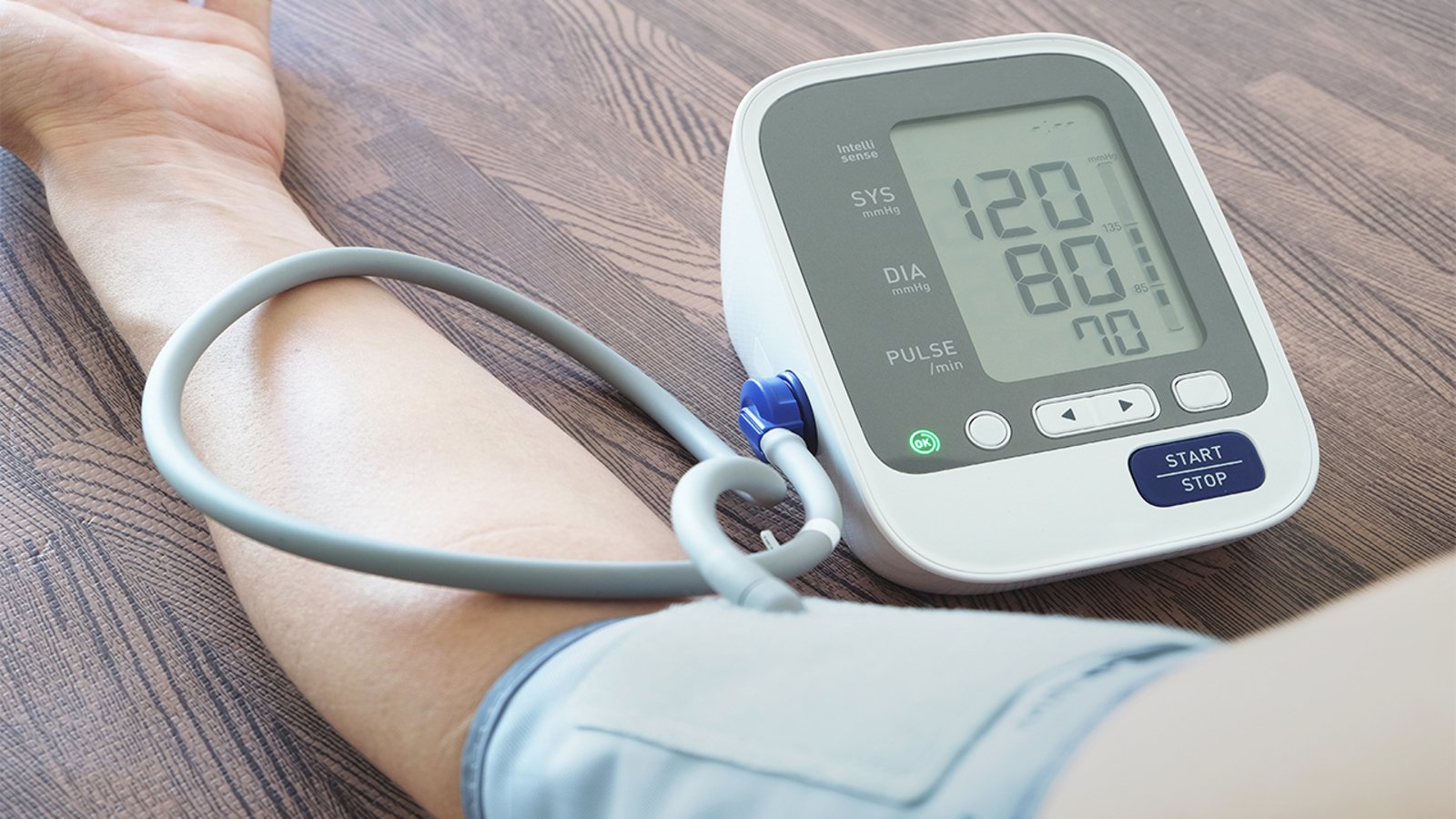What is High Blood Pressure?
High blood pressure, or hypertension, occurs when the force of blood against the artery walls is consistently too high. Blood pressure is measured in millimeters of mercury (mm Hg) and is given as two numbers:
Systolic Pressure: The top number, representing the pressure in the arteries when the heart beats.
Diastolic Pressure: The bottom number, indicating the pressure in the arteries when the heart is at rest between beats.
A normal blood pressure reading is typically around 120/80 mm Hg. Hypertension is diagnosed when blood pressure readings consistently exceed 130/80 mm Hg.
How Exercise Can Help Improve High Blood Pressure
Regular physical activity is one of the most effective lifestyle changes to help control high blood pressure. Here's how exercise benefits individuals with hypertension:
1. Strengthens the Heart: Regular exercise helps the heart become stronger and more efficient at pumping blood, reducing the force on the arteries.
2. Reduces Arterial Stiffness: Physical activity helps maintain or increase the elasticity of blood vessels, improving blood flow.
3. Helps Maintain a Healthy Weight: Exercise contributes to weight loss or maintenance, which can significantly reduce blood pressure.
4. Reduces Stress: Physical activity can lower stress levels, which is beneficial since stress can contribute to higher blood pressure.
5. Improves Blood Sugar Control: Regular exercise helps regulate blood sugar levels, reducing the risk of diabetes, which is a risk factor for hypertension.
Recommended Types of Exercise
For those with high blood pressure, the following types of exercise are generally recommended:
Aerobic Exercises: Such as walking, jogging, cycling, or swimming, performed for at least 150 minutes per week.
Strength Training: In moderation, focusing on major muscle groups at least two days per week.
Flexibility and Balance Exercises: Such as yoga or Pilates, to enhance overall fitness and reduce stress.
Contraindications and Precautions
While exercise is beneficial, there are some important considerations and precautions for working with clients who have high blood pressure:
1. Consultation with Healthcare Provider: Clients should have approval from their healthcare provider before starting a new exercise program.
2. Avoid High-Intensity Exercises: High-intensity or heavy lifting exercises can cause a sudden spike in blood pressure. Clients should start with moderate-intensity activities.
3. Monitor Blood Pressure: Regular monitoring of blood pressure before, during, and after exercise is crucial to ensure safety.
4. Stay Hydrated: Dehydration can increase blood pressure, so clients should drink plenty of water.
5. Gradual Warm-Up and Cool-Down: Proper warm-up and cool-down periods can help prevent sudden changes in blood pressure.
6. Breathing Techniques: Clients should avoid holding their breath during exercises (known as the Valsalva maneuver) as it can cause dangerous increases in blood pressure.
7. Stop if Symptoms Occur: Clients should stop exercising immediately if they experience dizziness, chest pain, or unusual shortness of breath, and seek medical attention.
By understanding these guidelines and working closely with healthcare providers, coaches can help clients with high blood pressure safely improve their health through exercise. To work with a qualified Avos Strength coach, contact us today to see how we can help guide you to a healthier life.


